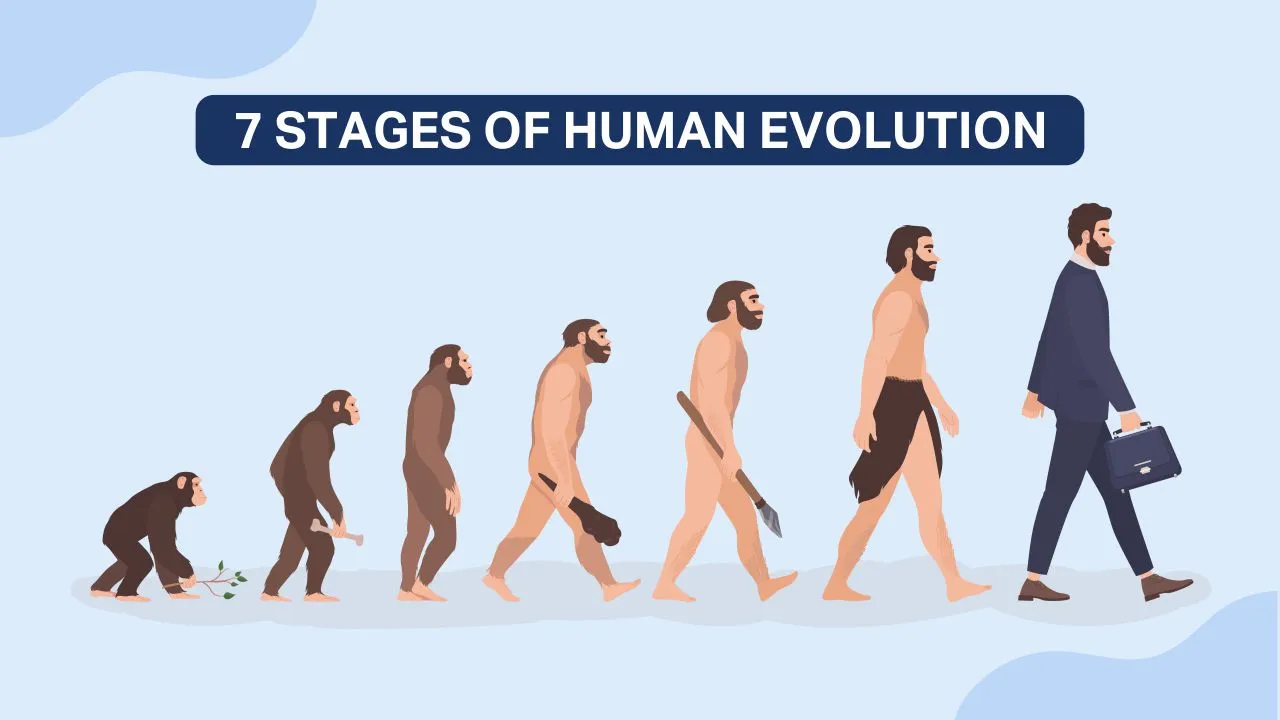Bipedalism, the ability to walk on two legs, stands as a defining trait in the evolutionary journey of humans. This distinctive form of locomotion emerged over millions of years, shaping our ancestors and ultimately contributing to the unique adaptations of modern humans.
Origins of Bipedalism
The story of bipedalism dates back approximately six to seven million years ago, during the Miocene epoch. Early hominins, such as Sahelanthropus and Ardipithecus, displayed primitive forms of upright walking. This adaptation likely arose as a response to changes in habitat and environmental conditions, including the transition from forests to more open landscapes where bipedalism provided advantages in energy efficiency and the ability to see over tall grasses.
Advantages of Bipedalism
The shift to bipedalism conferred several evolutionary advantages. First, it freed the hands for carrying objects and manipulating tools, which was crucial for early hominins as they began to engage more actively in tool use and resource gathering. Second, it improved thermoregulation by reducing direct exposure to the sun, as upright posture decreased the body’s surface area exposed to solar radiation. Moreover, bipedalism allowed for more efficient long-distance travel, enabling early humans to migrate and colonize diverse environments across the globe.
Anatomical Adaptations
The anatomical changes necessary for bipedalism are profound. The spine underwent significant modifications, including curvature adjustments to maintain balance while walking upright. The pelvis became broader and more bowl-shaped to support the internal organs and provide a stable base for the upper body. Additionally, the positioning of the foramen magnum—the opening at the base of the skull through which the spinal cord passes—shifted forward, aligning more centrally beneath the skull to facilitate an upright posture.
Transitional Forms and Human Evolution
The evolution of bipedalism is intricately linked to the emergence of the genus Homo. Australopithecus afarensis, famously represented by the fossil specimen “Lucy,” exemplifies an early bipedal hominin with a combination of ape-like and human-like features. Over time, with species such as Homo habilis and Homo erectus, the human lineage continued to refine bipedal adaptations alongside advancements in tool technology and cognitive abilities.
Modern Implications
Today, bipedalism remains a defining characteristic of modern humans, albeit with variations in gait and posture influenced by cultural, environmental, and individual factors. Understanding the evolutionary origins of bipedalism provides insights into human health, as challenges such as lower back pain and joint issues are linked to the biomechanical demands of upright walking. Furthermore, comparative studies with our closest living relatives, the great apes, shed light on the selective pressures that shaped our unique form of locomotion.
Conclusion
In summary, bipedalism represents a pivotal milestone in human evolution, marking the transition from our arboreal ancestors to the adaptive versatility of Homo sapiens. This evolutionary journey underscores the interconnectedness of anatomy, behavior, and environmental change throughout human history. As we continue to explore our origins through fossils, genetics, and archaeological discoveries, the story of bipedalism stands as a testament to the remarkable journey that has led to the diversity and complexity of modern humanity.
